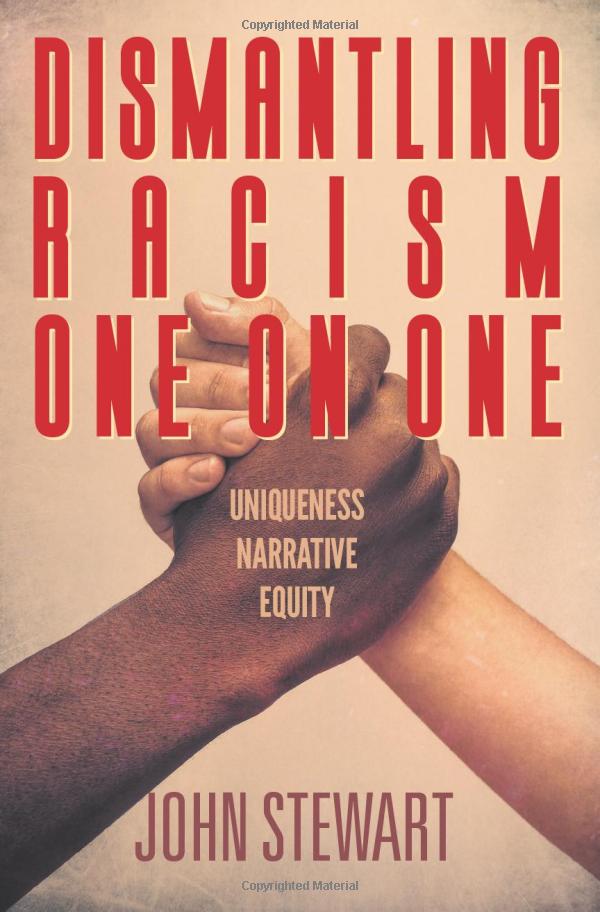 Overview
Overview
This book is a companion volume to Language as Articulate Contact: Toward a Post-Semiotic Philosophy of Language. I edited this book, which means I organized it, wrote the introduction and one of the chapters, and then invited ten other scholars to contribute the other chapters.
The introduction emphasizes that this is an interdisciplinary collection of comments written by two philosophers, three psychologists, a professor of comparative literature, a semiotician, a sociolinguist, and three communication theorists. All are interested in the promises and pitfalls of characterizing language as a representational system, and all have published extensively on these issues.
Part I consists of 4 chapters that argue, from diverse perspectives, that the traditional understanding of language as a system of symbols needs to be drastically revised. I make this argument in Chapter 1, by offering a shortened version of what I say in Language as Articulate Contact. You can review that discussion on the page of this website dedicated to that book. Chapter 3 offers a complementary argument by John Shotter, a communication theorist, and Chapter 4 describes “a collaborative theory of meaning” by two Canadian social scientists.
Part II broadens the argument by including a treatment of Friedrich Neitzsche’s theory of language and an analysis of Jean-Francois Lyotard’s discourse theory. Both Neitzsche and Lyotard are important postmodern philosophers.
Part III is made up of three arguments that the symbol model ought to be preserved, one by semiotician D.S. Clarke, one by communication theorist Wendy Leeds-Hurwitz, and the third by Irish sociolinguist John Wilson.
The final chapter by Israeli philosopher Marcelo Dascal comments provocatively on the entire attempt to move “beyond” any conception like the symbol model.
Main Ideas
Rather than summarizing each contributing author’s arguments, I’ll sketch some main ideas here, so you can decide if you want to pursue them further.
- One of the main points of postmodern philosophy, articulated best by Richard Rorty, is that language is not representational; “We have to understand speech not only as not the externalizing of inner representations, but as not a representation at all.”
- Many problems created by viewing language as representational can be solved when it is viewed as constitutive, the way humans realize our potential as meaning-makers. This is what Heidegger meant when he wrote, “Language is the house of Being.” This is also the fundamental point of several other influential writers’ treatments of language, especially those of Hans-Georg Gadamer, Mikhail Bakhtin, and Martin Buber.
- This view makes “language” an activity, the process of verbal/nonverbal articulate contact, not a “system” or abstract structure.
- This view makes language primary rather than derivative; it is the way meanings are made not a tool for representing things that have completely non-linguistic existence.
- This view opens the door to understanding such basic constructs as “reality,” “objectivity,” and “truth” as social constructions, meanings that are collaboratively constructed.
- When one rejects the semiotic nature of language one does not have to agree with Jacques Derrida’s nihilistic claim that “there is nothing outside the text.” To say that meaning is co-constructed is not to say that it is “made up” in people’s minds; meanings are interpreted from a combination of facts and values.
- Post-semiotic thinking focuses scholarly attention on the practical ways of talking that people actually use in everyday conversations. This focus encourages development of knowledge that is neither theoretical nor technical but “knowledge from within” participation in social activities themselves.
- Careful, empirical, social-scientific study of actual communicating reveals that the meaning of an utterance actually does depend on both speaker and addressee; it “exists only ‘in’ their interaction.” In other words, empirical research confirms the philosophical claims that meaning is collaboratively constructed.
- Friedrich Neitzsche was a hugely influential language scholar who focused not on language as an abstract system but on the concrete, messy, contextually-anchored practices by which people negotiate meaning.
- Jean-Francois Lyotard was another influential thinker who criticized representational views of language and emphasized the continual importance of political and practical situational implications of all language theorizing.
- Some people argue that representational and constitutive views of language are both partly accurate. Others argue that the two are incommensurable—if you have one, you can’t have the other.
- Whenever one frames a project as going “beyond” some other conception, he or she undertakes a two-part project. One part is critical and the other is hopeful. Each is difficult, and both depend, in fundamental ways, on the very ground that is being criticized.
Read It Or Not?
This is one of those books that will only be read by specialists. Because it is an edited volume, many readers will be interested in only some of its chapters. If you are studying this general topic or have an interest in one of the theorists who are discussed, you might find useful information here. But it’s not for the general reader.



